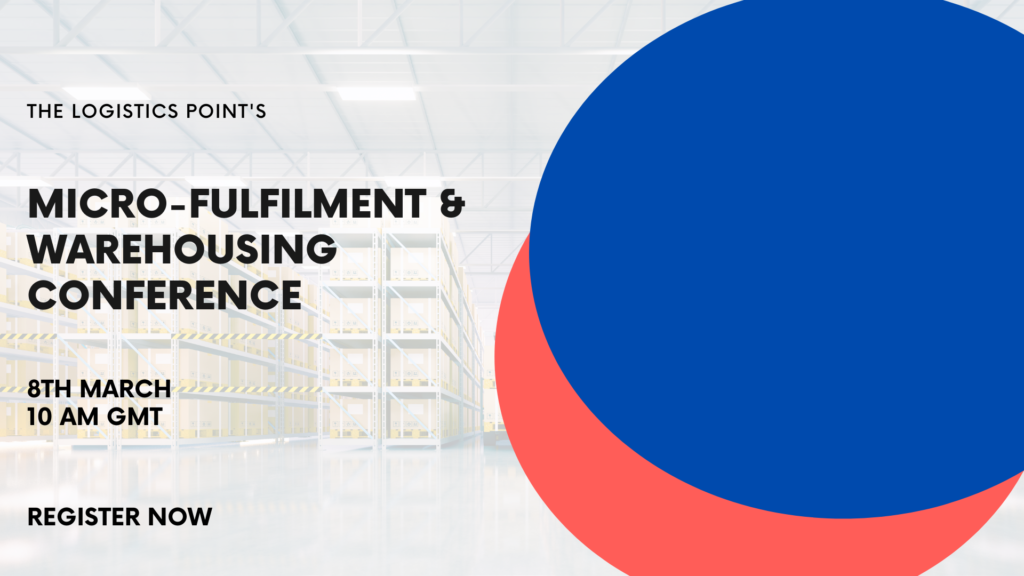‘The market of autonomous warehouse robots will further grow in 2022,’ begins Dr. Christian Baur, Senior Advisor at Caja Robotics, for his exclusive video interview with The Logistics Point. Many factors are behind the growth but in general companies have realised the need to invest, money is easy to find after two years of Covid and labour shortages are becoming more severe in the developed world. Watch the full video below and learn more.
Join us on the 8th March to talk about warehouse automation, micro-hubs and more. Register below!

‘The pandemic has accelerated the need for automation,’ Baur continues. ‘There is a growing need for fast and flexible solutions that can be easily implemented and serve a multitude of purposes. Peak seasons are notoriously busy and an automated system has to be able to adapt to that.’
First steps
For Baur, what needs to happen first is to identify the business case and why the organisation is looking at automation. The benefits of autonomous warehouse robots are many but they can only be fully realised when managers know what they want to achieve. Solution providers are also an important part of the process, and they’ve realised that what they offer has to be flexible to a point where it would allow organisations to adapt to the ever-changing consumer demand.
Baur recommends looking at suppliers who have the tools to provide a virtual representation of the project and test what could happen in a simulated environment. ‘These days, you do not have the time to wait for one year,’ he explains. ‘If a solution is not up and running in a relatively short period of time, organisations risk losing to their faster competitors. One option is to automate a particular area of the warehouse and see how it improves daily tasks. Then, go up the chain and work your way with the rest of the processes.’
Teaching people
Baur also speaks about the importance of people. Labour shortages are becoming a pandemic on its own and large and small organisations are struggling to find the people they need. This builds the case for warehouse automation even further. But even with robots, people would still be
needed. Baur says that one of the biggest obstacles to automation projects are employees who need to be trained to work alongside the machines.
Controlling costs
‘It’s good if you could use the existing infrastructure,’ Baur continues, ‘and to look at what the costs are and when the automation pays back. Costs should not justify an action, however. Sustainability and the importance to act as fast as your competitors and even faster are much more important.’
Watch the full video interview with Dr. Christian Baur from Caja Robotics and learn more about financing automation projects, controlling peak season, educating companies and more.✷

